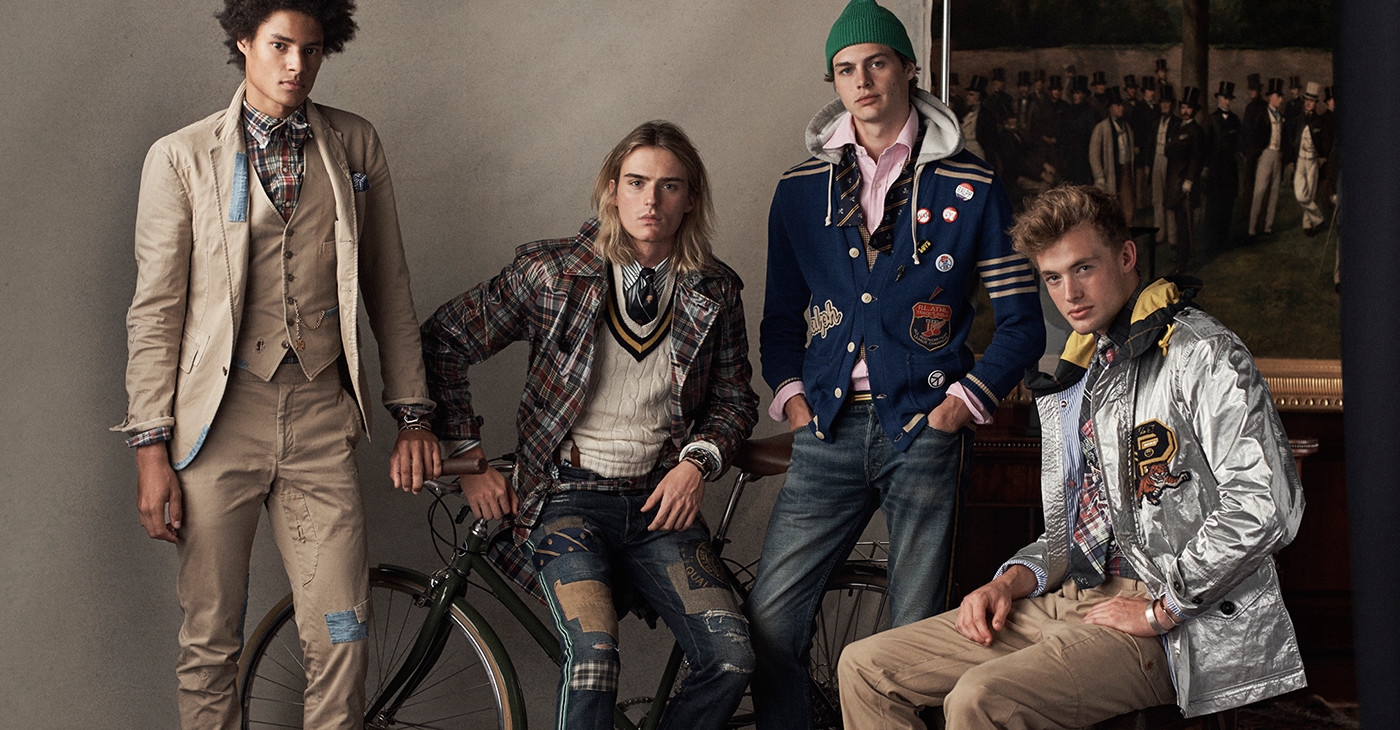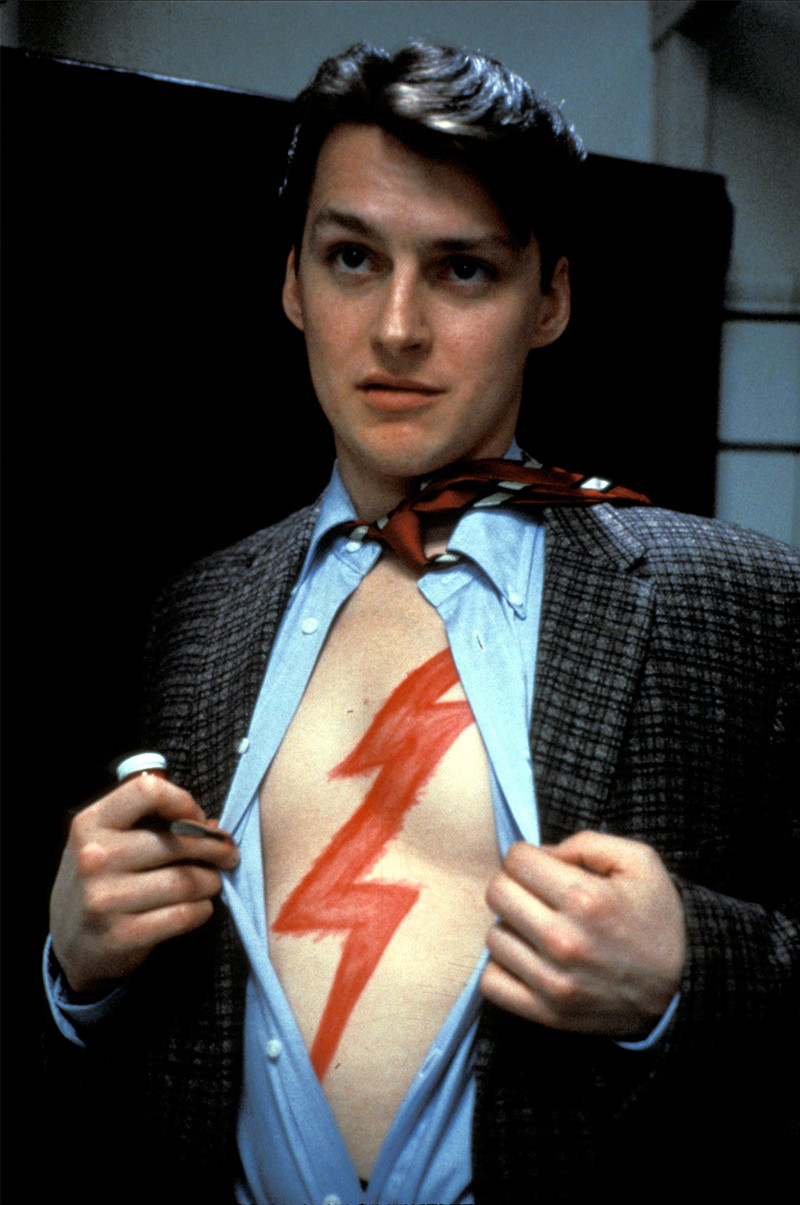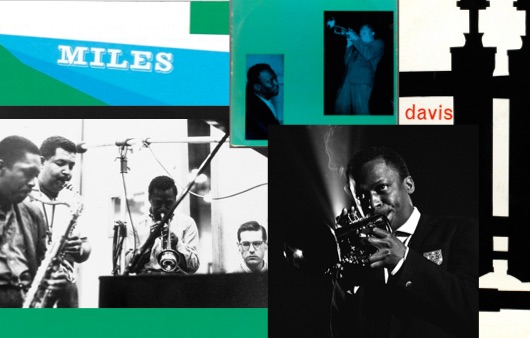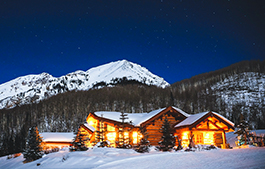
True Prep
Sean Hotchkiss on why preppy style was always about breaking the rules—not following themIn the fall of 2002, I matriculated at a small western New York college with grand fraternity houses lining the lake and dive bars in town crawling with cashmere sweaters slung carelessly across tanned shoulders. I felt naïve; uninitiated in T-shirts and cargo shorts I bought at the Maine Mall. My roommate, a tall, ponytailed preppy from Long Island became my guru. He drove a yellow Land Rover Defender and wore his grandfather’s frayed tweed suits. I bought sherbet-colored shirts and ties from New Haven haberdashers. But it wasn’t the actual clothes and car that intrigued me. What fascinated me was the insouciant, devil-may-care way he wore them as he tore fearlessly around town. What intrigued me most was his attitude.
He partied like Robert Downey Jr. in Less Than Zero. He talked fast and drove faster. He awakened me to the possibilities of a life lived solely in the pursuit of pleasure. I took to emulating him, idolizing his abandon. I studied his rollicking spirit like a monk pursues enlightenment. There was a whole slew of guys like him. They showed up to chemistry bleary-eyed in oxfords that looked like they’d been tumble-drying since the Reagan administration. Their fathers were titans of business, bankers, and real estate men who made the Dow move. They ensured their offspring had the best of everything. They also fully expected them to—at least temporarily—make a run at making a massive mess of it all. Because that’s what preps do best—they rebel.
When Tom Wolfe coined the term “Go to Hell” to describe the shades of trousers worn by Cape Cod vacationers in 1976, it was only partly with facetiousness. For Wolfe, prep was an affront, a freak flag to fly that signaled others of like minds. Those salmon trousers were no different than, say, a punk’s leather jacket, or a hippie’s beads—they signaled certain beliefs, etiquette, and ideals. They inspired curiosity in the unindoctrinated layman, horror in still others.
But the rebel spirit embedded in true prep style is the opposite of the gin and tonic–swilling vacationer. The uptight, croquet-playing prep that rose to prominence in popular culture on the back of 1980’s Official Preppy Handbook is a distraction from the more controversial preps that came before him. Prep was the early uniform of changing times, and the counterculture. Allen Ginsberg? Wore Christmas sweaters. Jack Kerouac? Loved his khakis. When Hajime Hasegawa and Toshiyuki Kurosu came stateside to Ivy League campuses in the 1960s to photograph students for their now seminal prep book, Take Ivy, they found not conformist prepsters, but subversive style icons—young men who took their father’s dusty trends and turned them on their heads: rumpled, hyper-cropped military chinos, baggy anoraks, an apparent allergy to socks… In 1964 Japan, a young tribe of Ginza preps were actually rounded up and detained by police for their sartorial delinquency—their blue blazers and Bermuda shorts were considered a cultural offensive against the black suit, white shirt, working world they did not wish to join.

Meanwhile, famous preps in America were tackling century-old traditions. Before Dennis Hopper made Easy Rider, his wardrobe was a study in bohemian prep. Steve McQueen did for Aran sweaters what Michael Jackson did for penny loafers. Miles Davis’ wardrobe was a master class in worsted wool. By the time a brooding Andrew McCarthy, arguably the preppiest of the at-times-uber-tweedy Brat Pack, announced “marriage is obsolete” in St. Elmo’s Fire, and the lads of Dead Poets Society rebranded poetry-reading as an act of insubordination, preps were in an all-out offensive. The aesthetic’s torch-carrying next wave, NBA superstars Chris Paul and Lebron James, became nearly as infamous for their flamboyant style statements—flannel suits, tortoiseshell frames, and chunky knit turtlenecks—as for their on-court heroics. It just proves that preps have never been all that good at fitting in.
Years removed from lusting after the prep aesthetic as an undergrad, I evolved. I threw away the preppy blazers with their gold buttons, and the horsebit loafers. I doubled up on denim. But after moving to Los Angeles last fall, I relapsed, pulling the trigger on the vintage car purchase of my collegiate dreams: a Mercedes Benz SL that’s got all the trappings of 1980s excess—a middle finger–waving, gas-guzzling V8, pinstripes, and a head-turning chrome grill. In a parking lot full of Priuses, it stands apart—an aging totem of a time before Whole Foods, before plastic cars and fast fashion. Manufactured from almost two tons of German steel, its museum quality questions everything we thought we were doing. It couldn’t be any more prep.
- © Ralph Lauren Corporation; GETTY IMAGES







